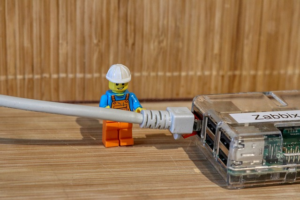The kernel is the lowest-level software at the heart of an operating system. It connects the underlying components and utilities, providing an interface that applications can use to access them. It provides the basic features of an operating system, such as memory management, interprocess communication, security management, and device drivers.
Despite its complexity, the kernel is designed to be modular and extensible, so it can adapt to different hardware architectures. It also supports a wide range of input and output devices. For example, it includes a driver that allows Linux to mount Microsoft remote and cloud-based file shares. It can even run a random number generator to provide a high-quality source of pseudorandom numbers.
In 1991, Linus Torvalds began developing the kernel as a hobbyist. He wanted to create a Unix-like system that would work on a PC with an x86 chip architecture. Although other Unix-like kernels were available at the time, they either cost money or didn’t run on his specific type of computer.
The Linux kernel is now one of the most widely used operating systems in the world. It runs on a variety of devices, including servers and supercomputers, home routers, and smartphones. The kernel is constantly being updated, with hundreds of commits every day from developers around the globe. This ongoing development effort is what makes Linux so strong and reliable.
A key feature of the Linux kernel is its support for symmetric multiprocessing (SMP), which lets it run on multiple processors in parallel. This reduces the amount of time it takes to execute programs, allowing it to run faster and more reliably. It also supports a variety of memory management algorithms, including memory protection and virtual memory mapping. In addition, the Linux kernel can swap pages between RAM and disk storage to free up space when needed.
It also manages the system’s hard drives, providing drivers for reading and writing data to and from physical disks. It can also control graphics cards and other input/output devices. The kernel contains the file system abstraction layer, enabling it to work with different filesystem implementations, as well as the POSIX standard API. The kernel also includes the sockets layer, which offers a standard way for applications to communicate with each other over networks.
The kernel also handles process management, with the kernel ensuring that each thread in an active program has enough CPU time to complete its tasks. It can suspend and resume the program as needed, and it has an interrutable sleep state that allows processes to pause their activity until they receive external input such as confirmation from a user or a connection prompt from a server. It uses a scheduling algorithm that operates in constant time, regardless of the number of active threads vying for CPU resources. It also includes a system call interface, which lets applications communicate with the kernel through pipes and other mechanisms.





























+ There are no comments
Add yours